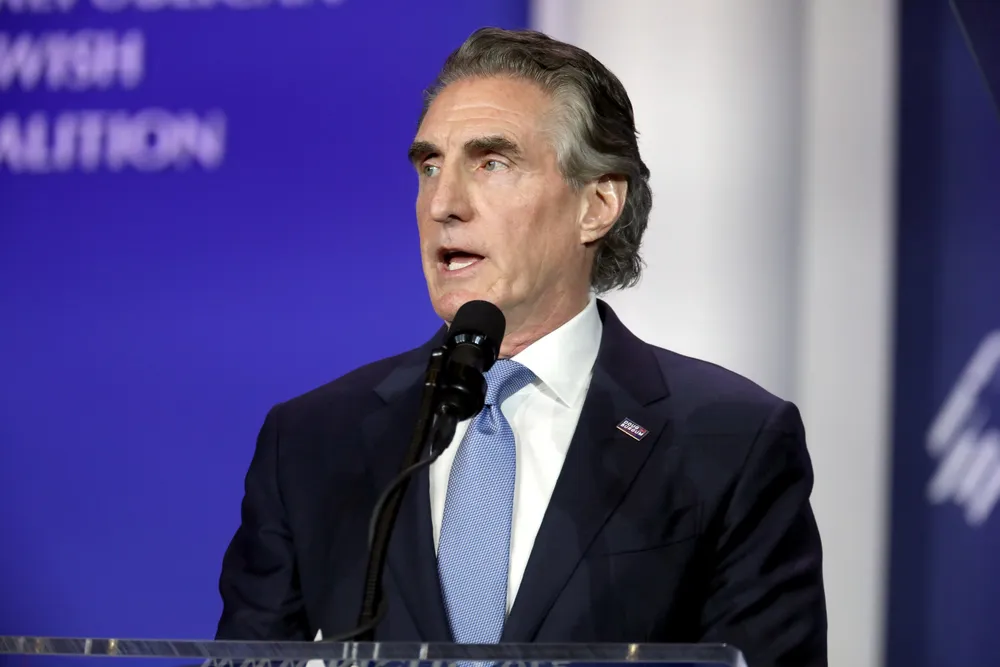US offshore wind projects have 'no future' with Trump in office, says Interior head
Interior Secretary Doug Burgum says five projects under construction are in federal review, but gives no hint to their ultimate destiny

With President Donald Trump in office “there is not a future” for offshore wind projects along US coasts, Interior Secretary Doug Burgum told an energy conference in Milan, Italy, on Wednesday.
It wasn’t immediately clear if he was referring to those under construction, in advanced stages of development, further behind in the pipeline but with off-take, or all of the above.
Burgum said the administration is reviewing five offshore wind projects that are under construction. He did not name them.
One is the 80% complete 704MW Revolution Wind off Rhode Island which the Department of Interior (DoI) on 23 August ordered to stop construction, citing “national security concerns.” The joint venture developers are Orsted and Skyborn Renewables.
The others include Orsted’s nearby 924MW Sunrise Wind; 800MW Vineyard Wind, a joint venture comprising Copenhagen Infrastructure Partners and Iberdrola’s Avangrid subsidiary, facing Massachusetts; Dominion’s massive 2.6GW Coastal Virginia Offshore Wind array, and EDF’s 1.5GW Atlantic Shores project.
Vineyard, the country’s first commercial-scale project that has been plagued with delays, has at least 20 of an eventual 64 turbines generating power.
Work on Atlantic Shores halted in February after the Environmental Protection Agency (EPA) voided a key air pollution permit. After a review, the agency made the decision official on 14 March.
The $10.8bn CVOW is about 60% complete. It continues to garner bipartisan support, with House speaker Republican Mike Johnson reportedly speaking up on its behalf.
Virginia Governor Glenn Youngkin has likewise privately lobbied Burgum not to target the facility. The only Republican leader of a state with an offshore wind project under construction, Youngkin has supported the project since taking office January 2022.
DoI is the federal executive branch department that oversees commercial energy development on the US outer continental shelf, except in state territorial waters.
Burgum also heads the 19-member National Energy Dominance Council that Trump named and created in February by executive order, whose impact promoting US energy primacy is hard to gauge thus far.
The industry also faces a narrow timeframe for starting construction on any new project, an unlikely prospect with a hostile Trump.
Republicans’ partisan One Big Beautiful Bill Act, which became law on 4 July, moved sunset of federal tax credits for offshore wind by five years, and also terminates them for manufacturing of turbine components at the end of 2027.